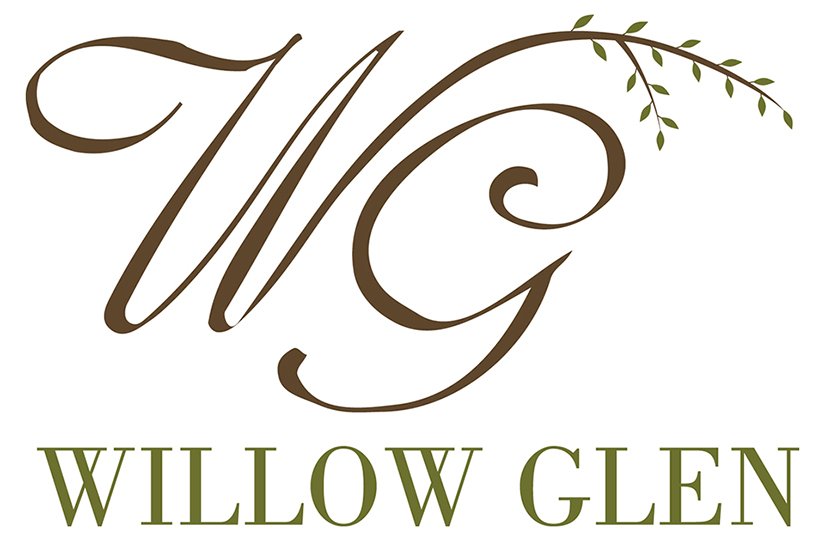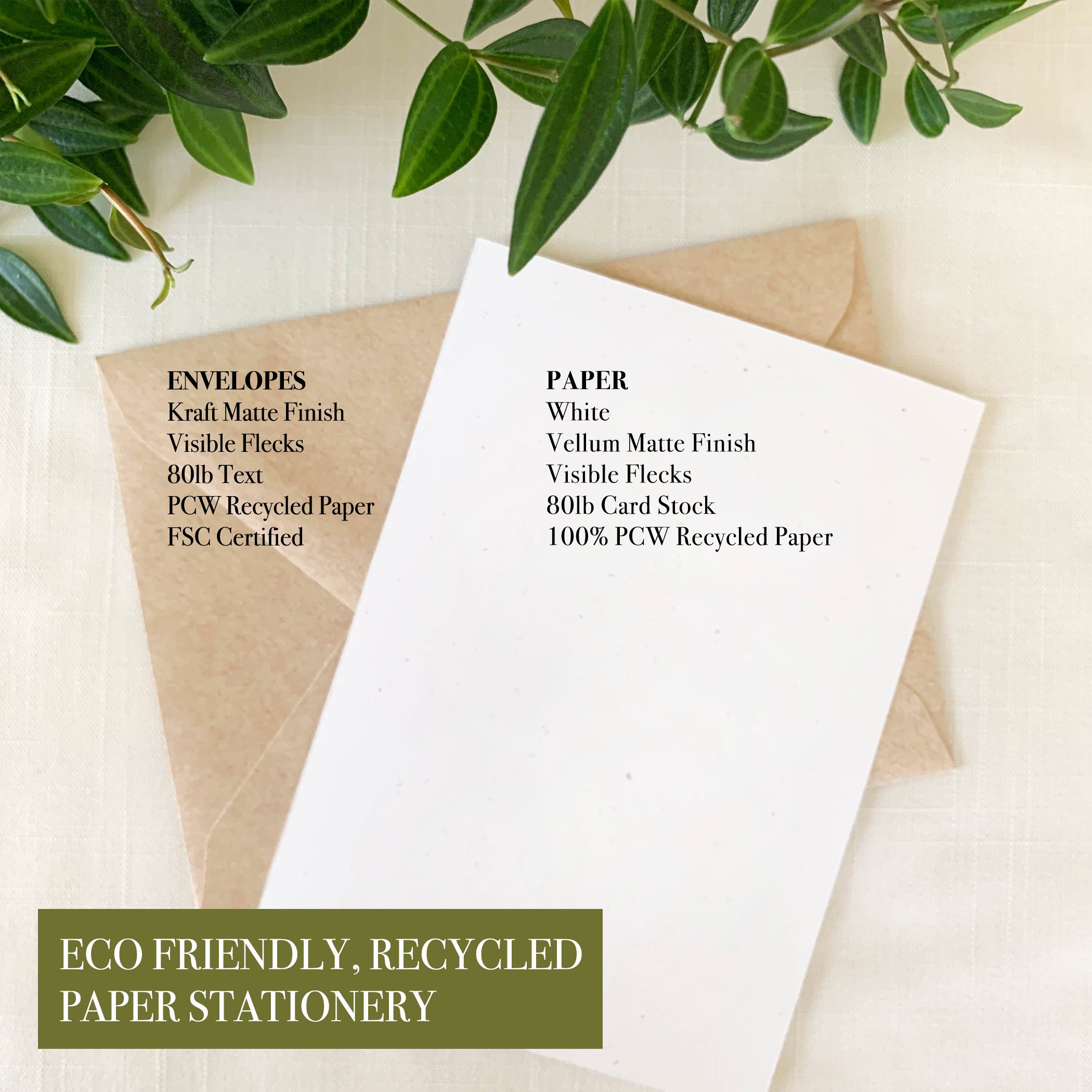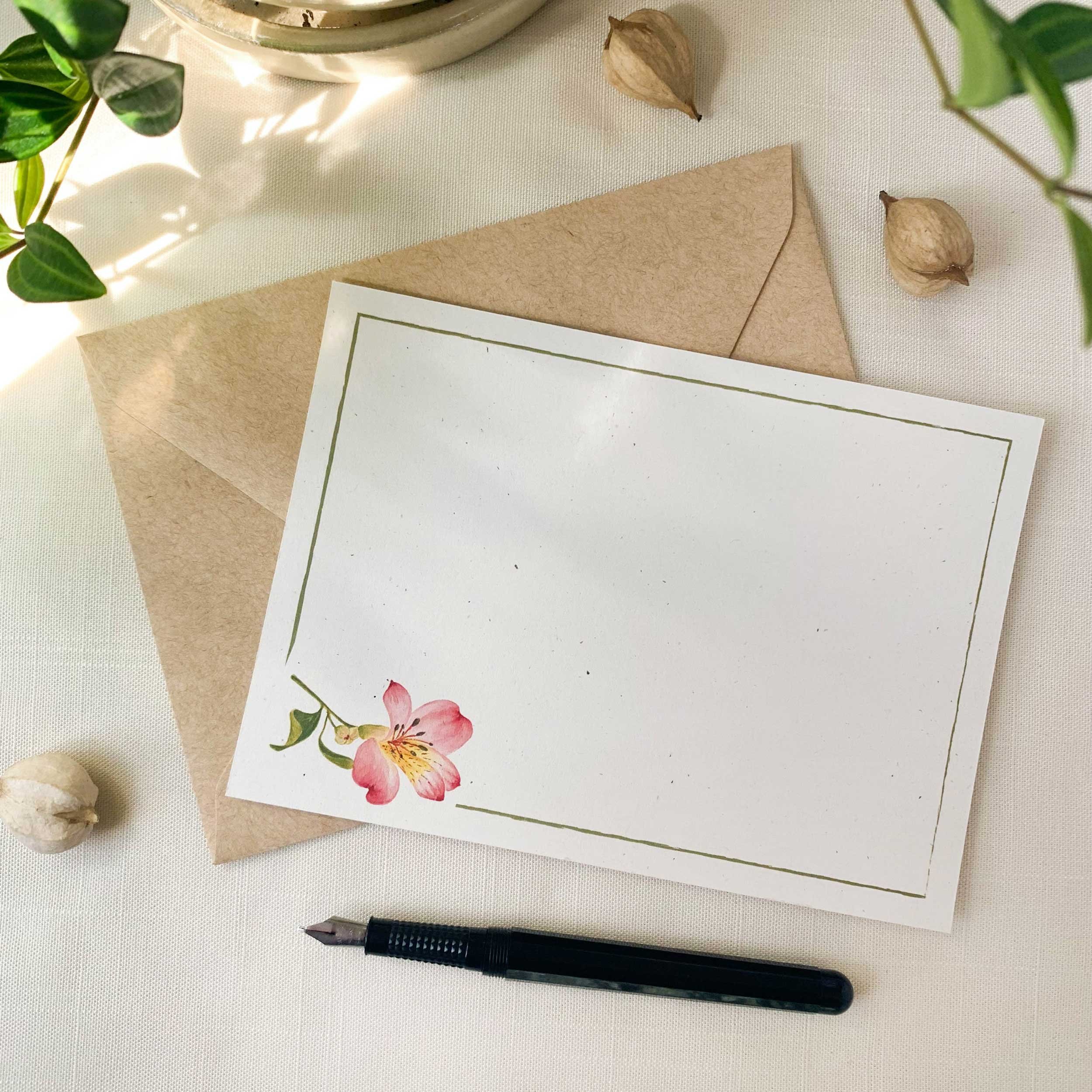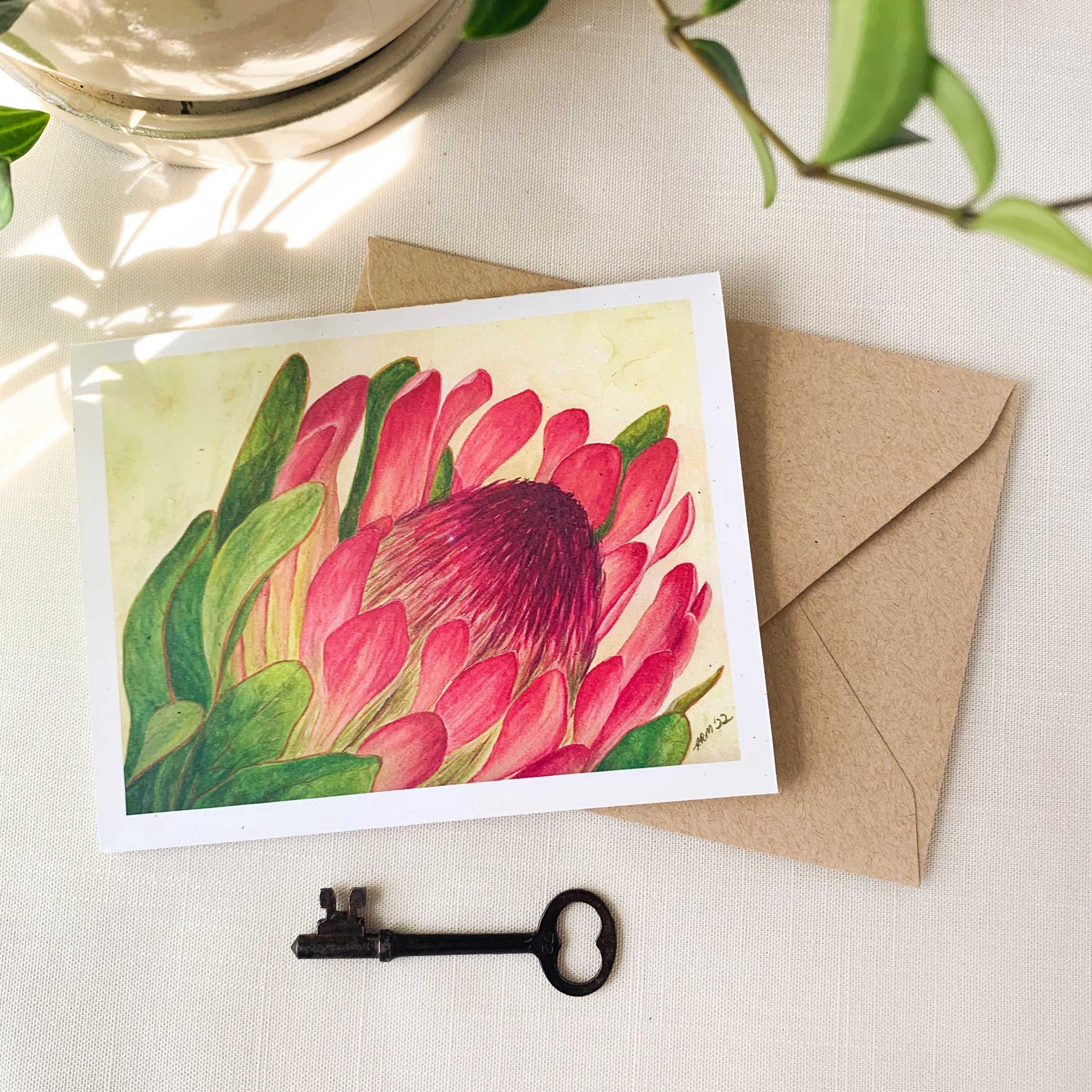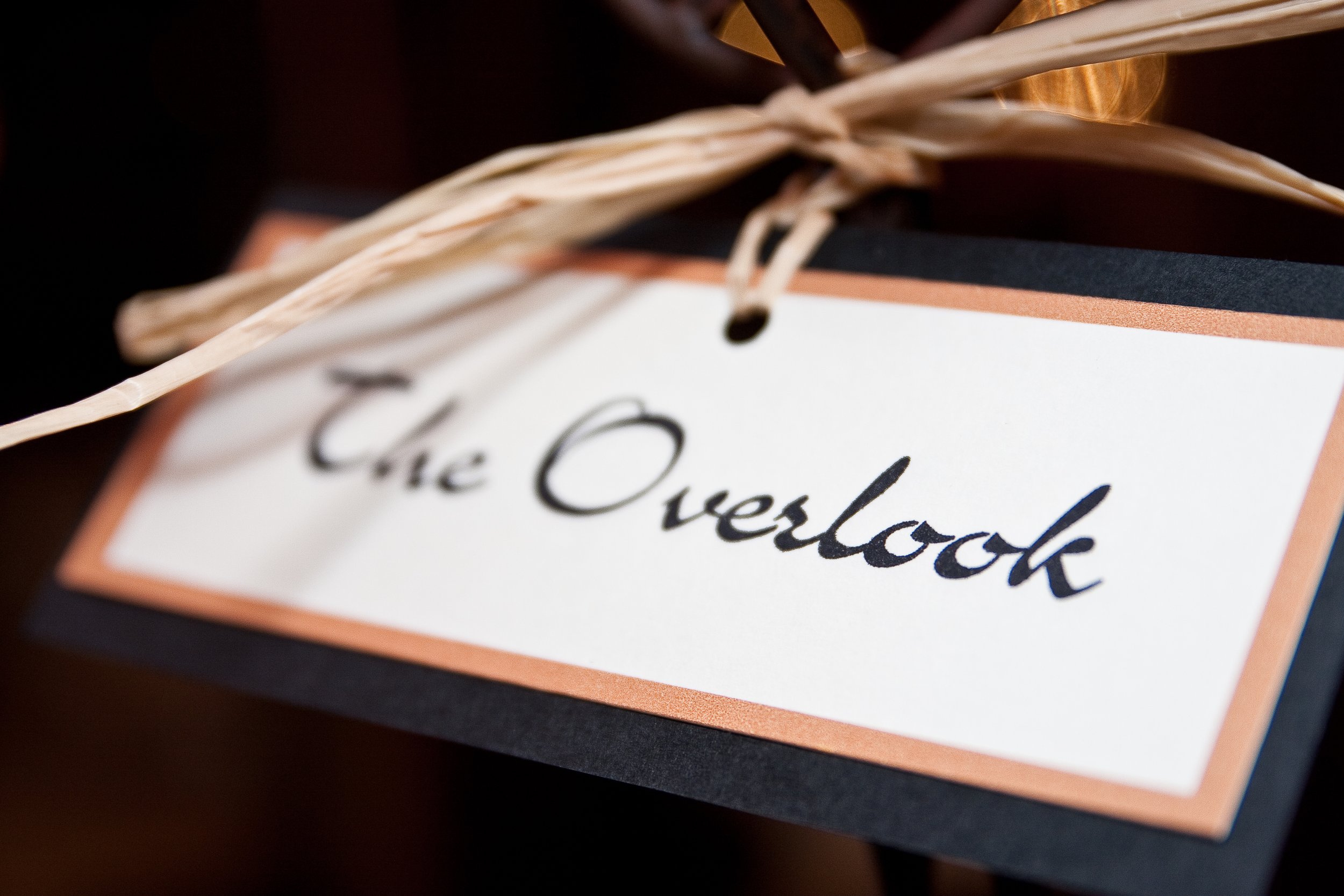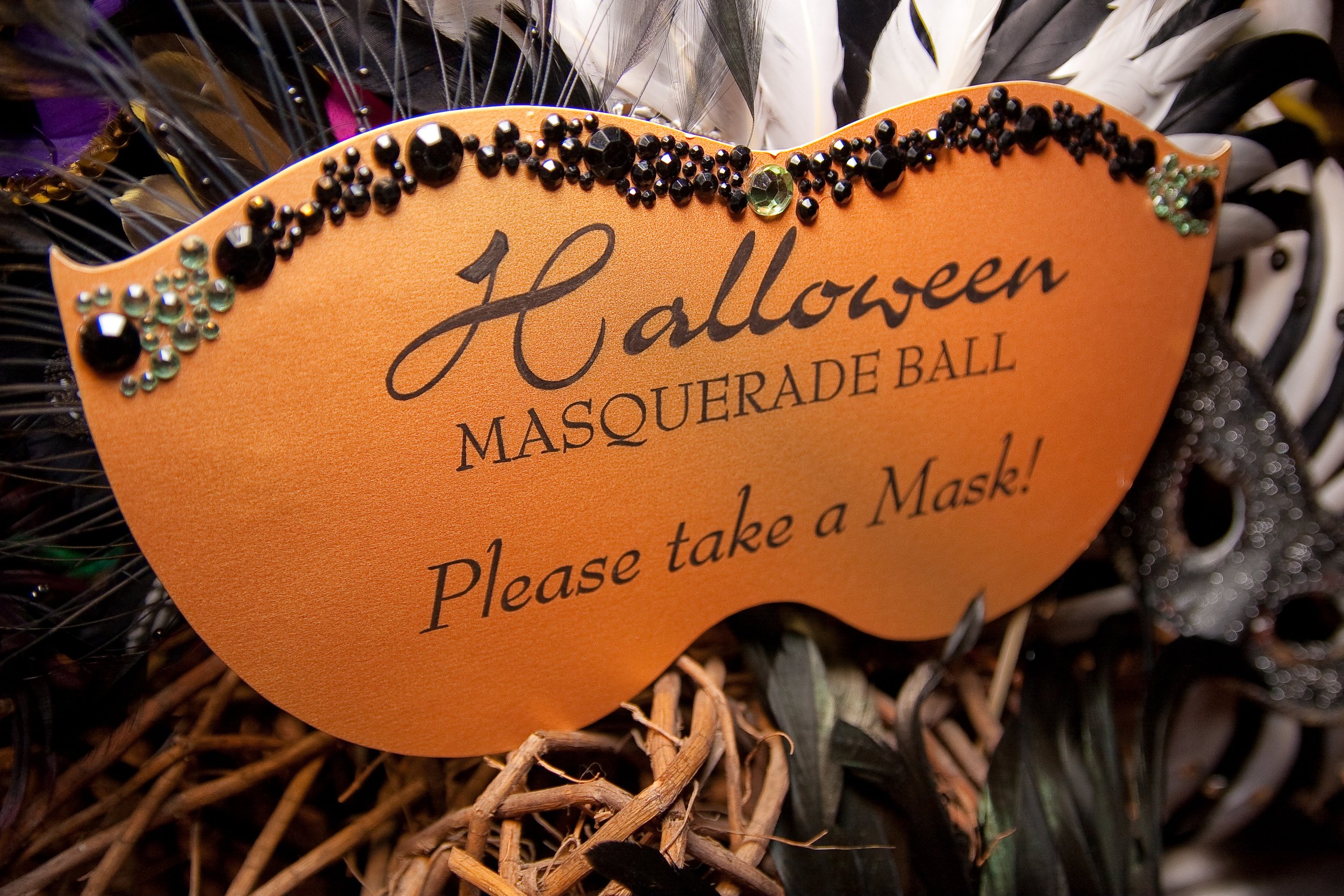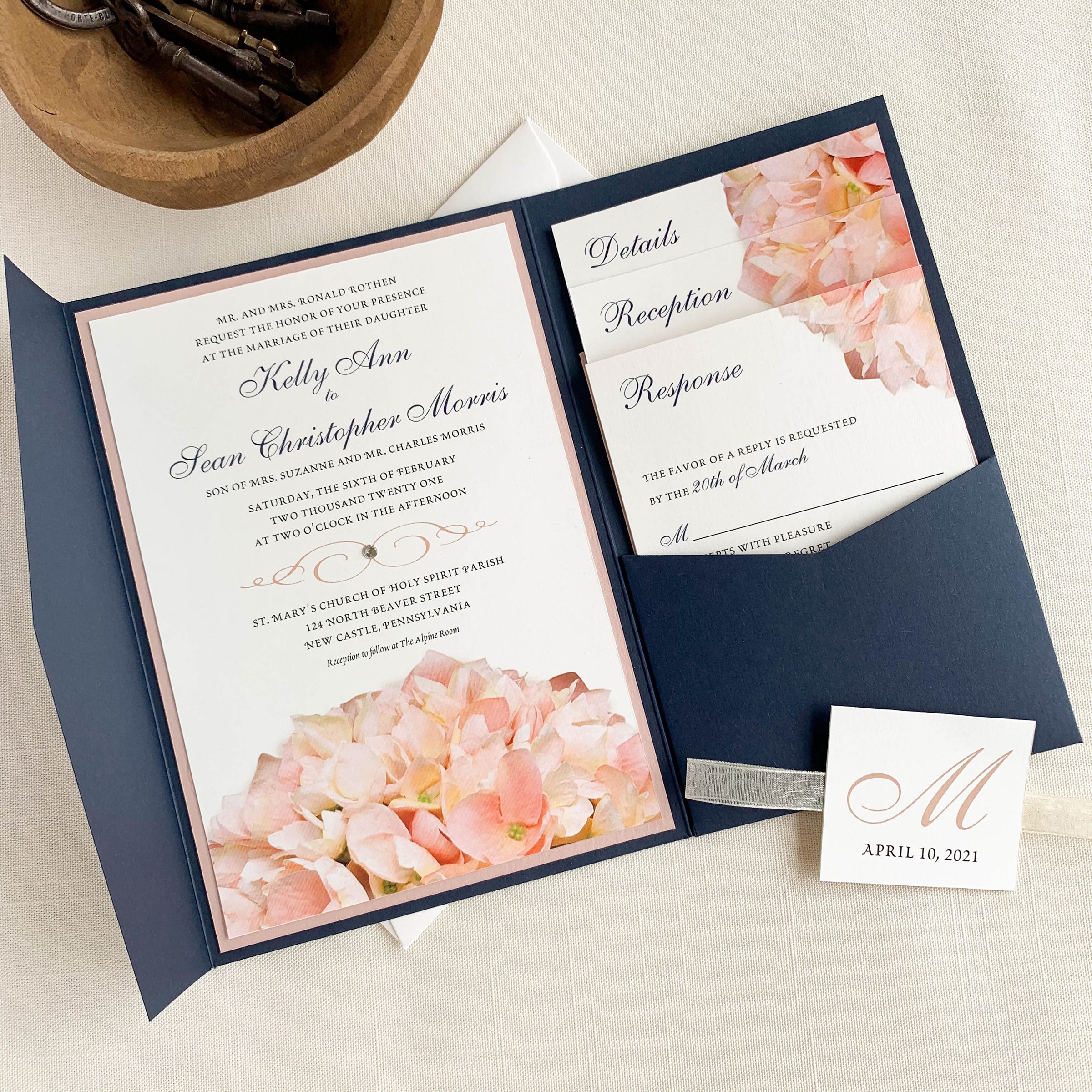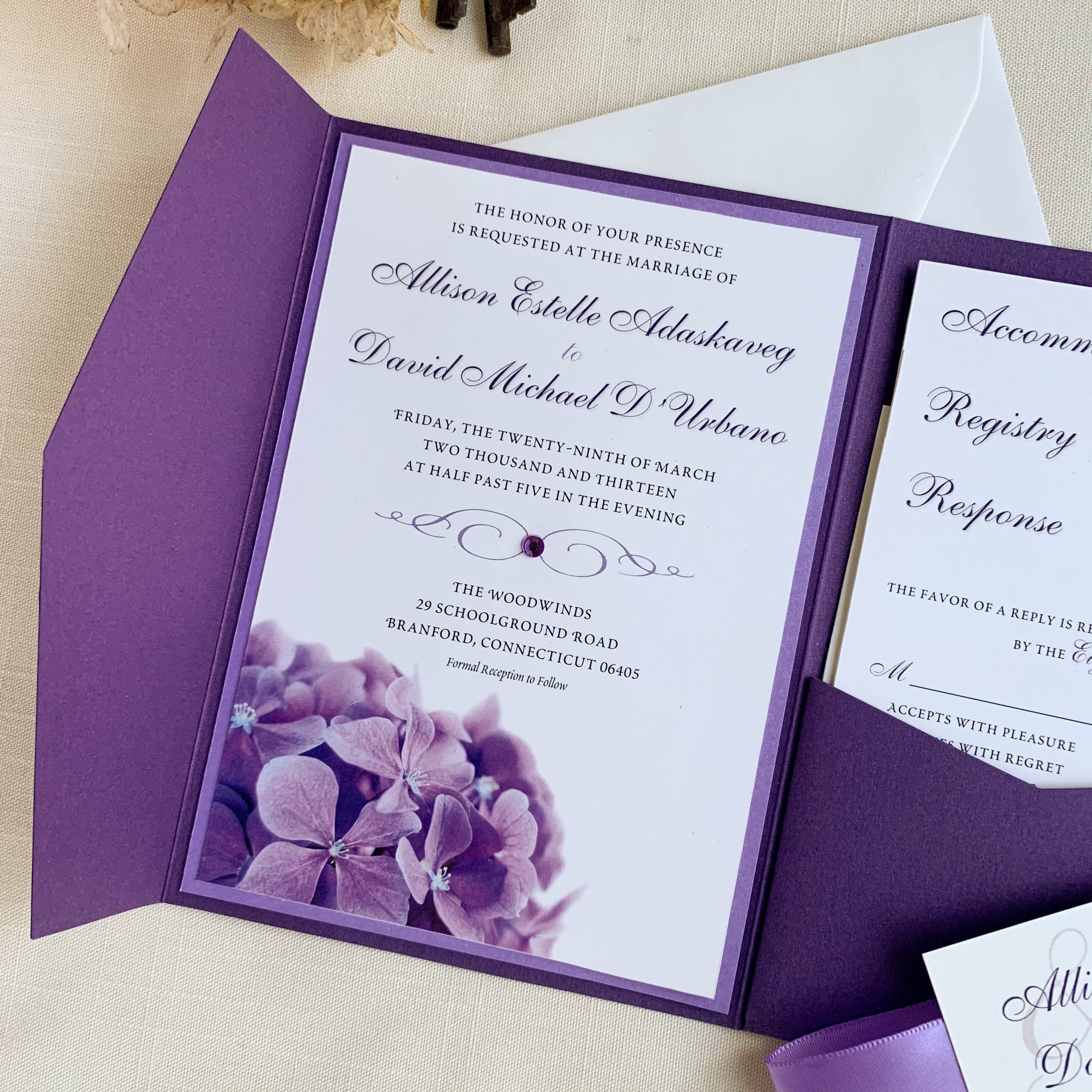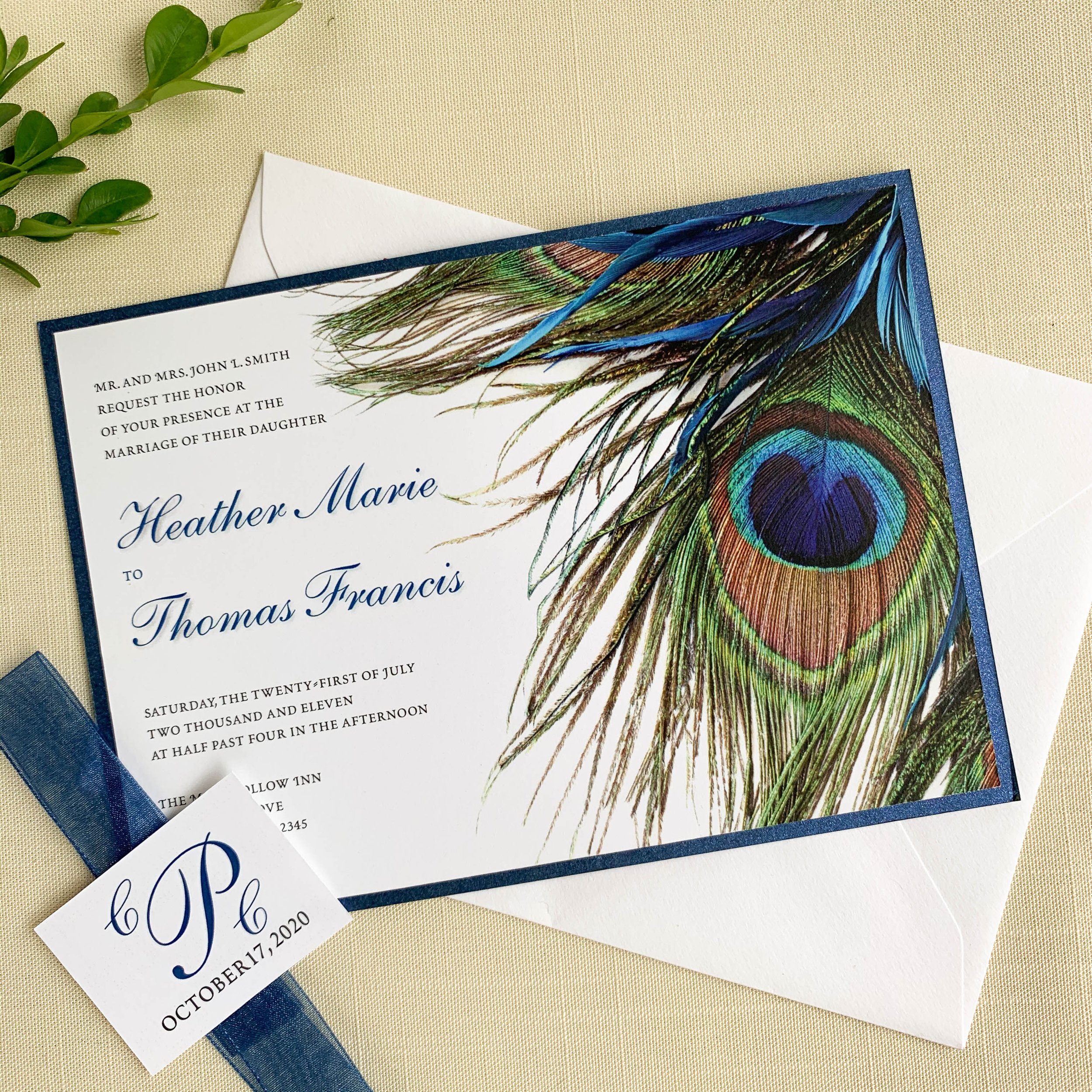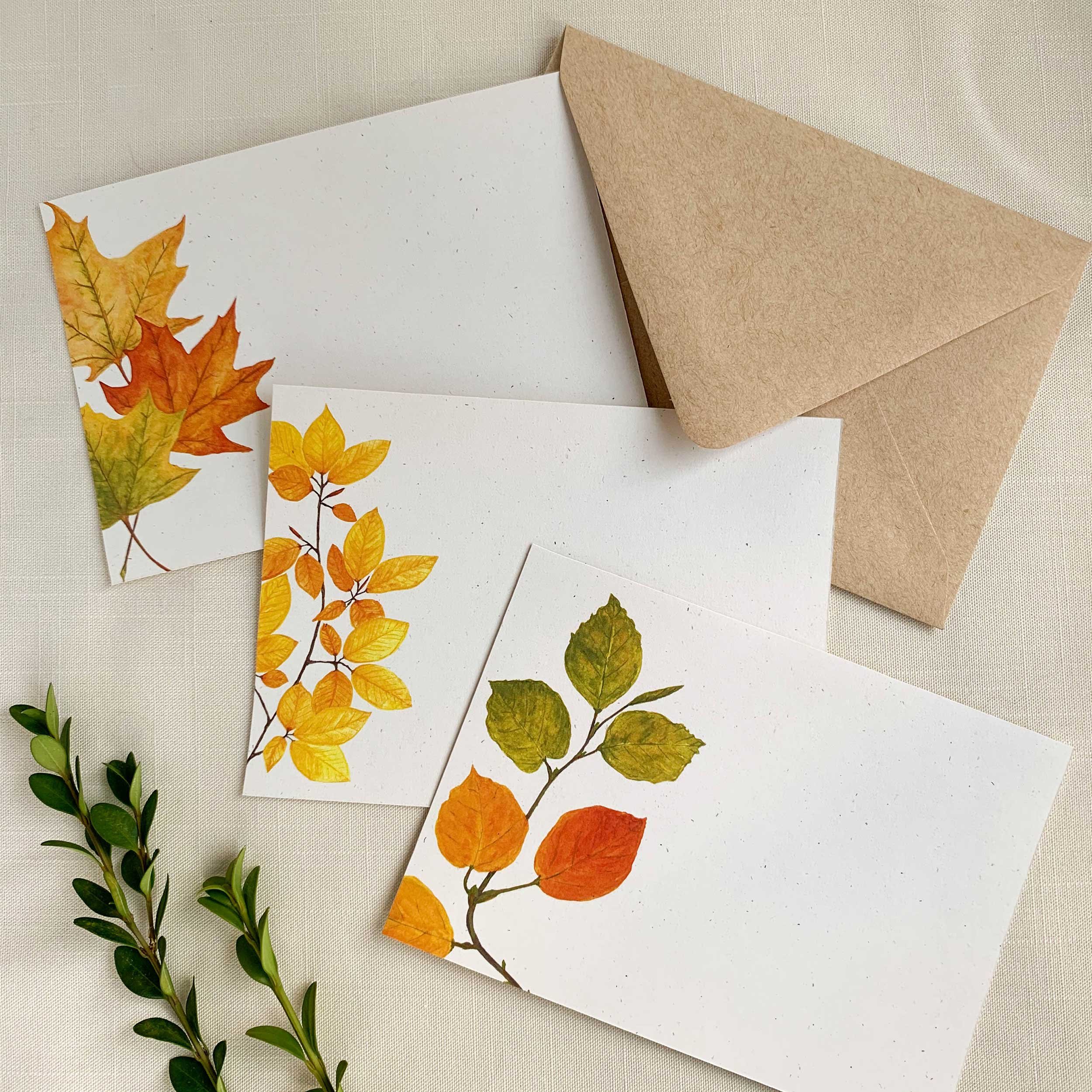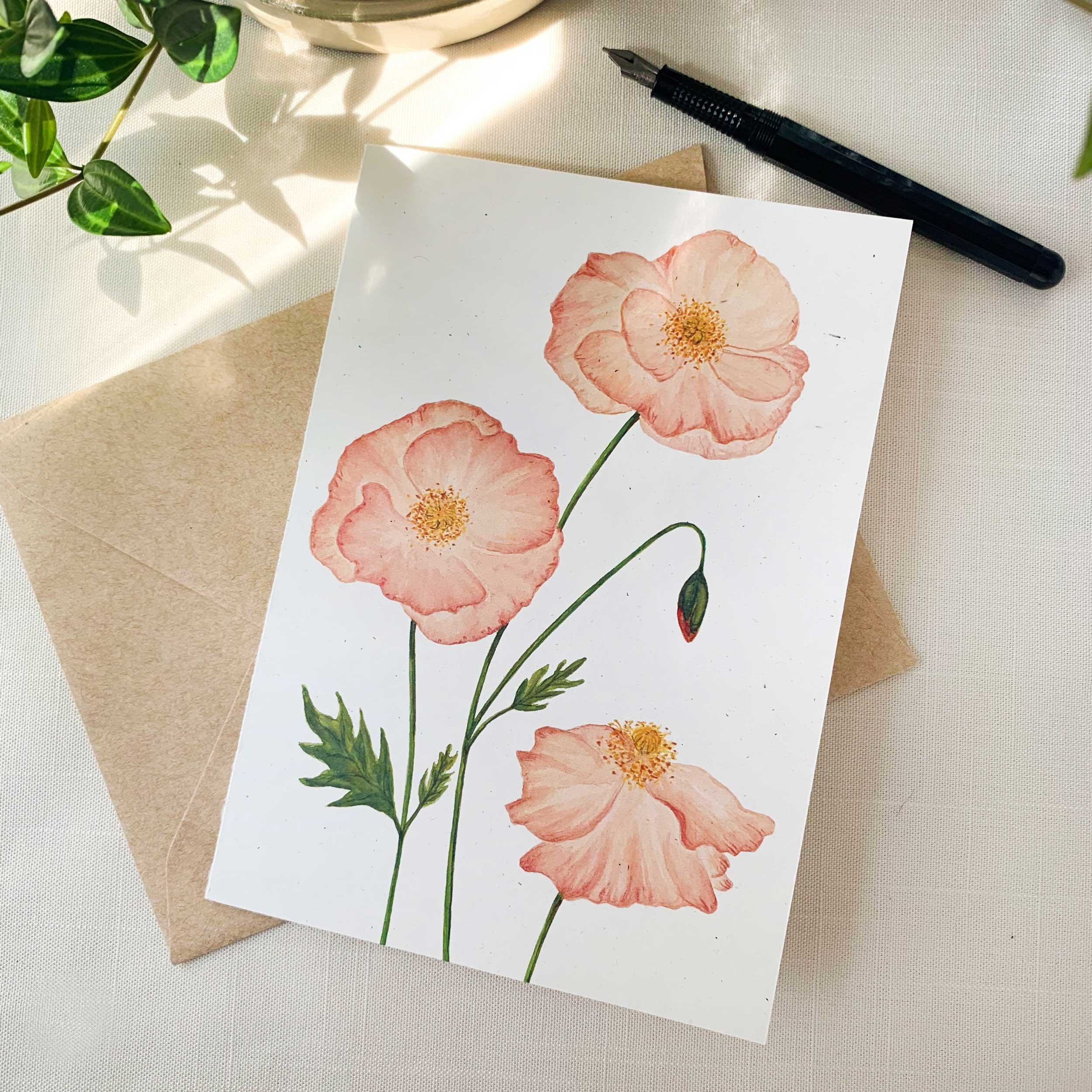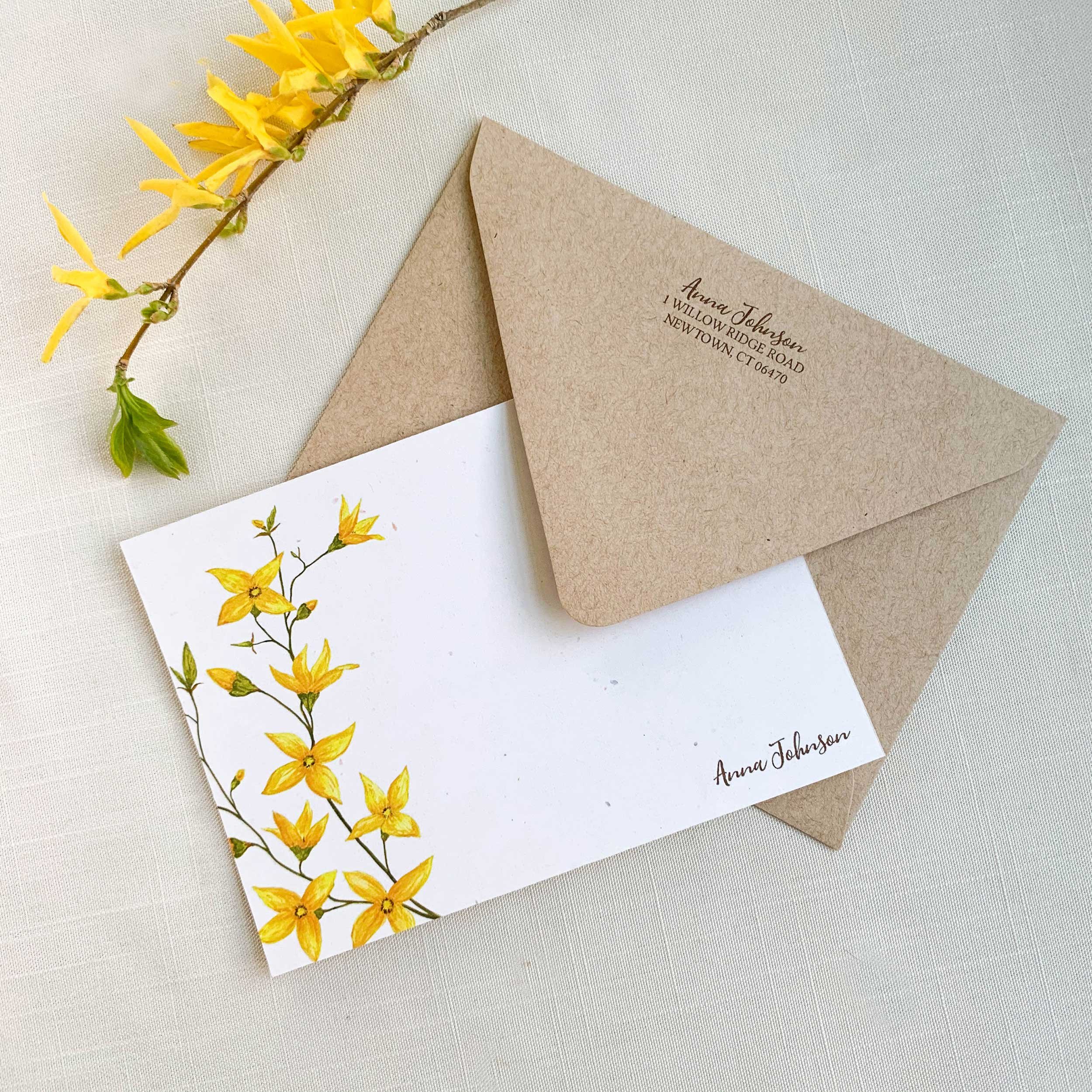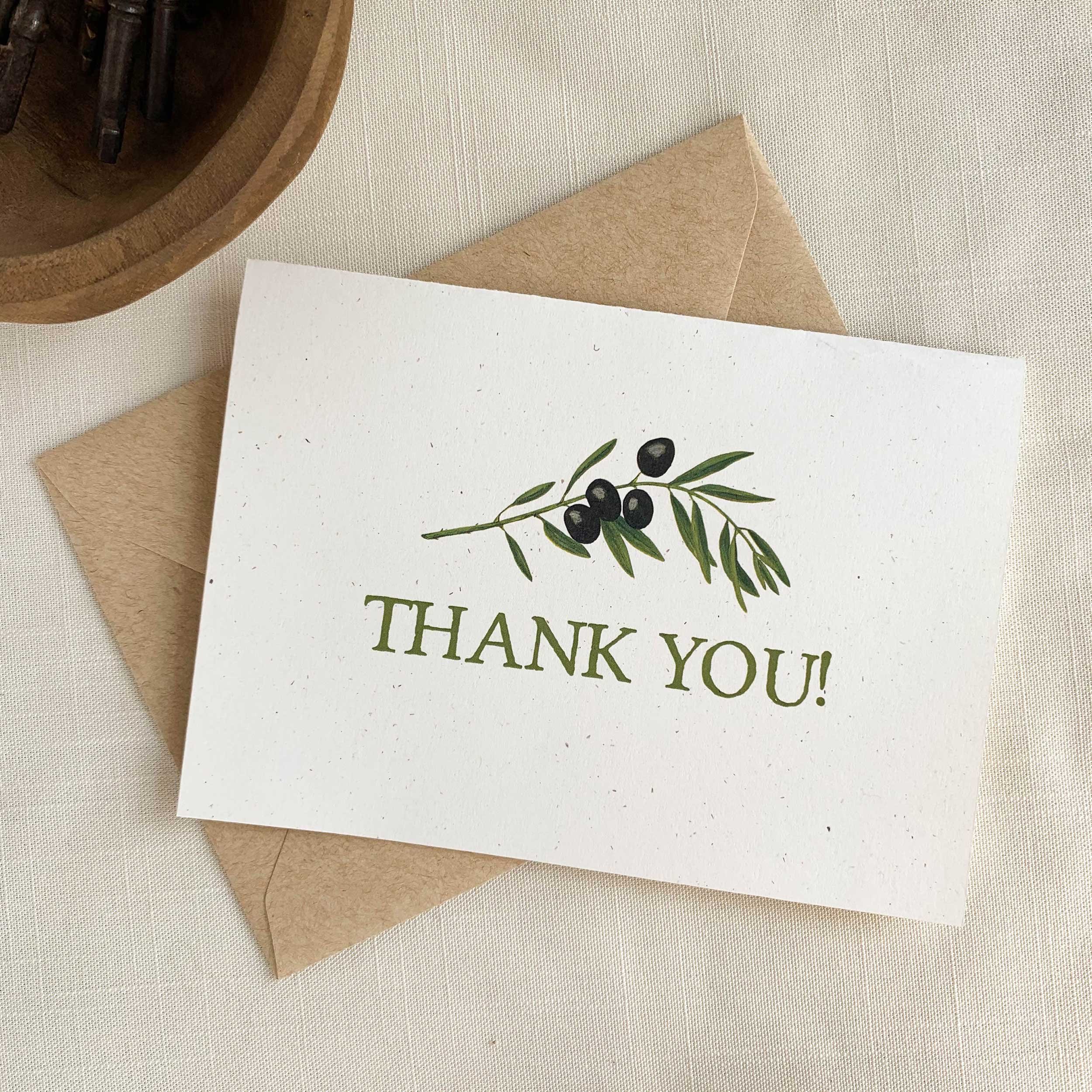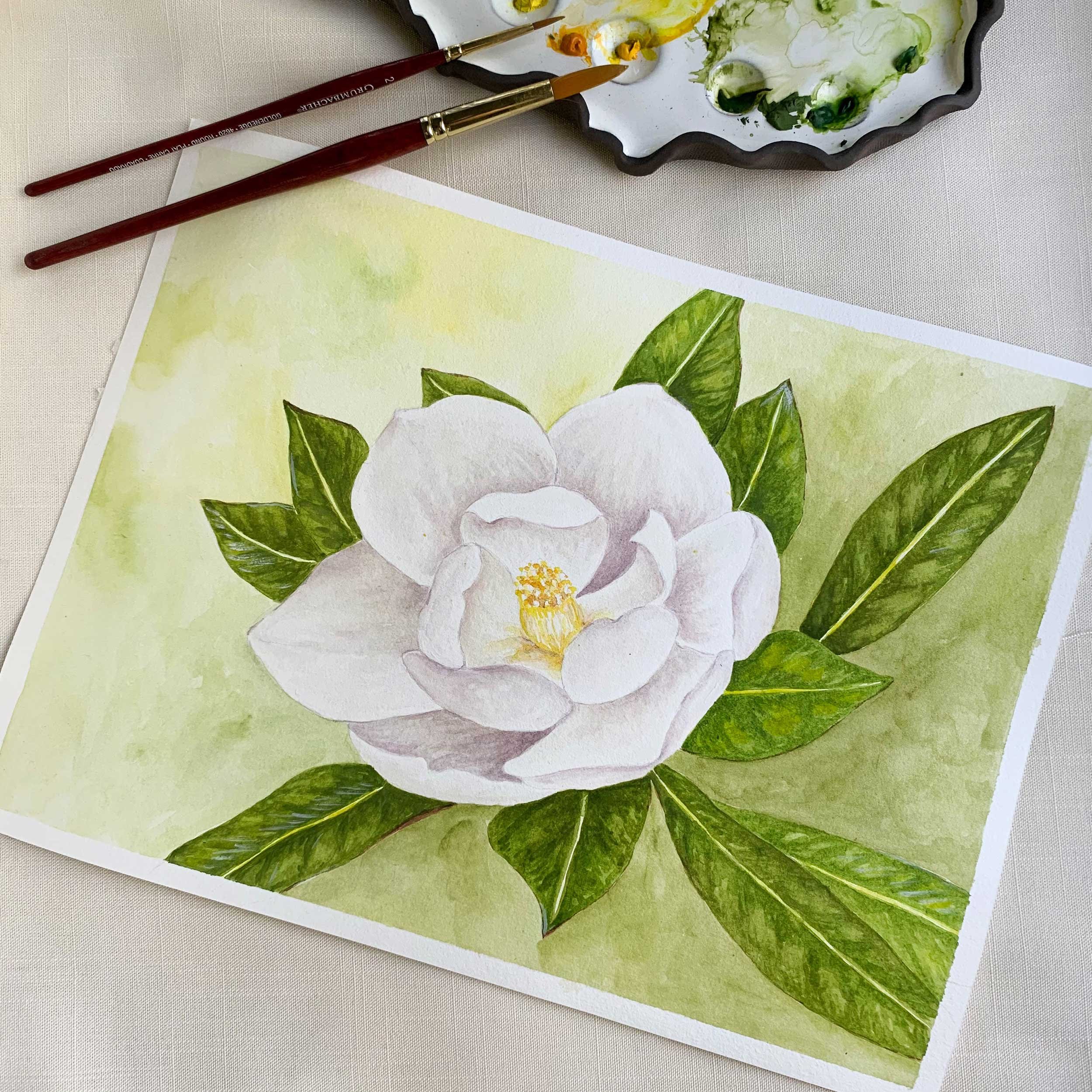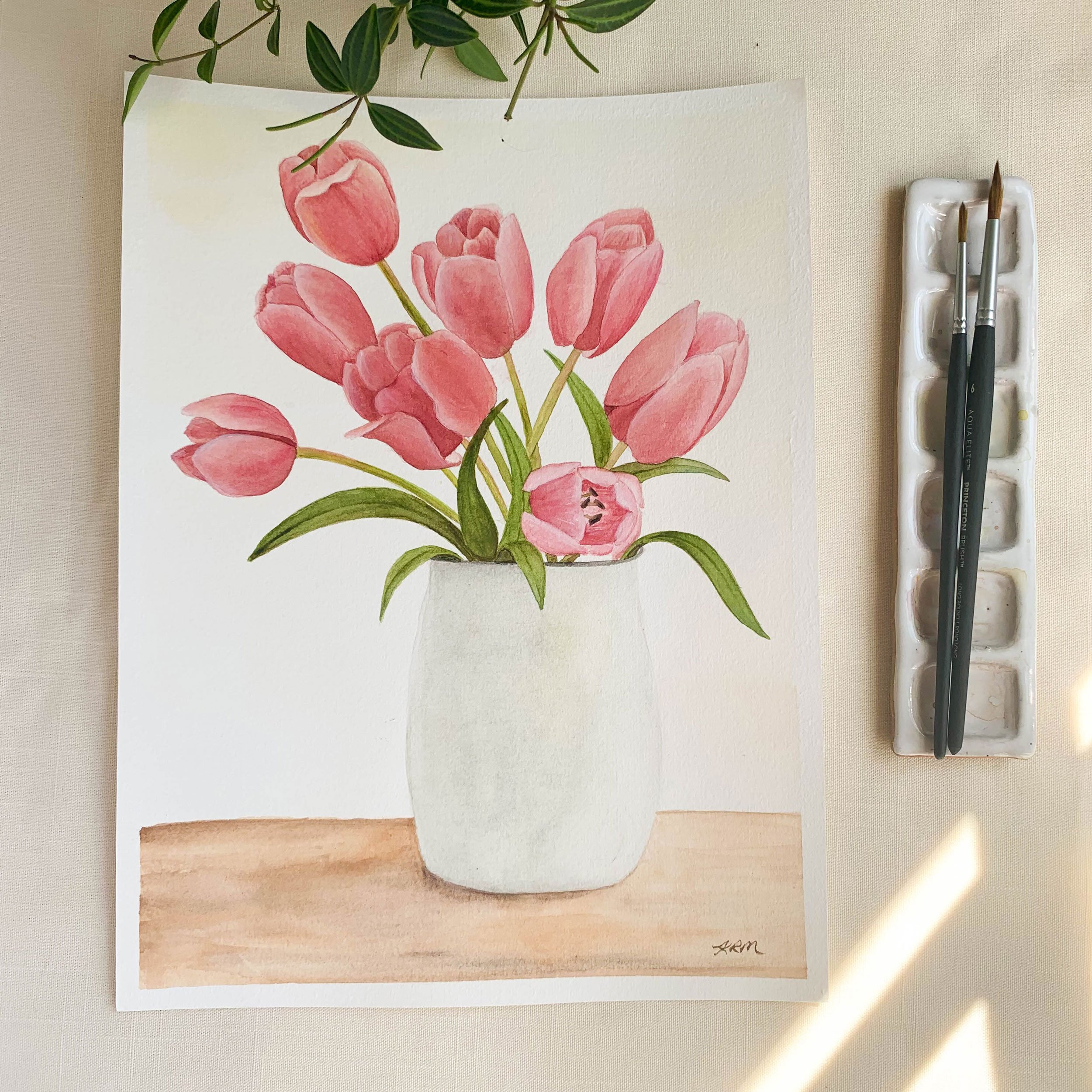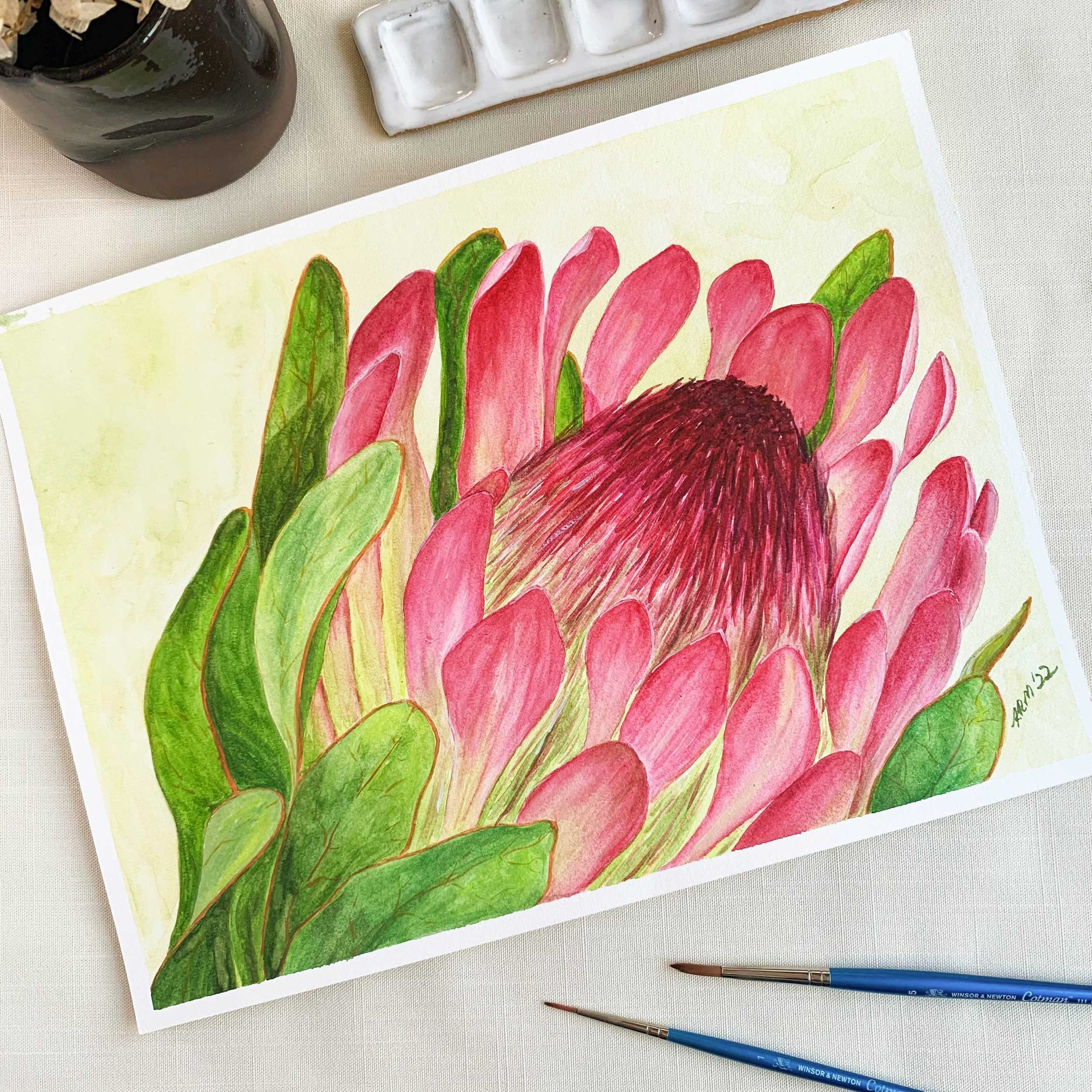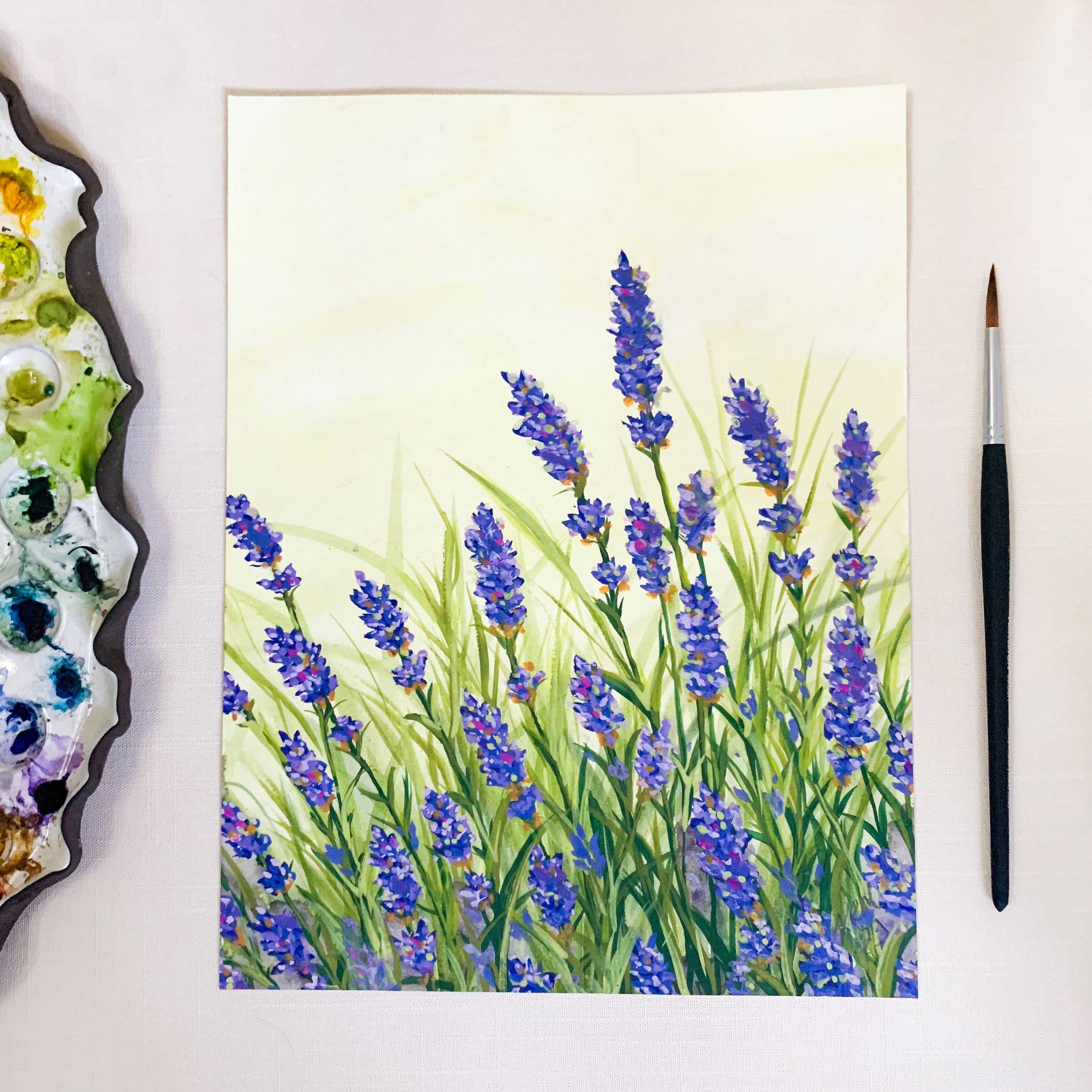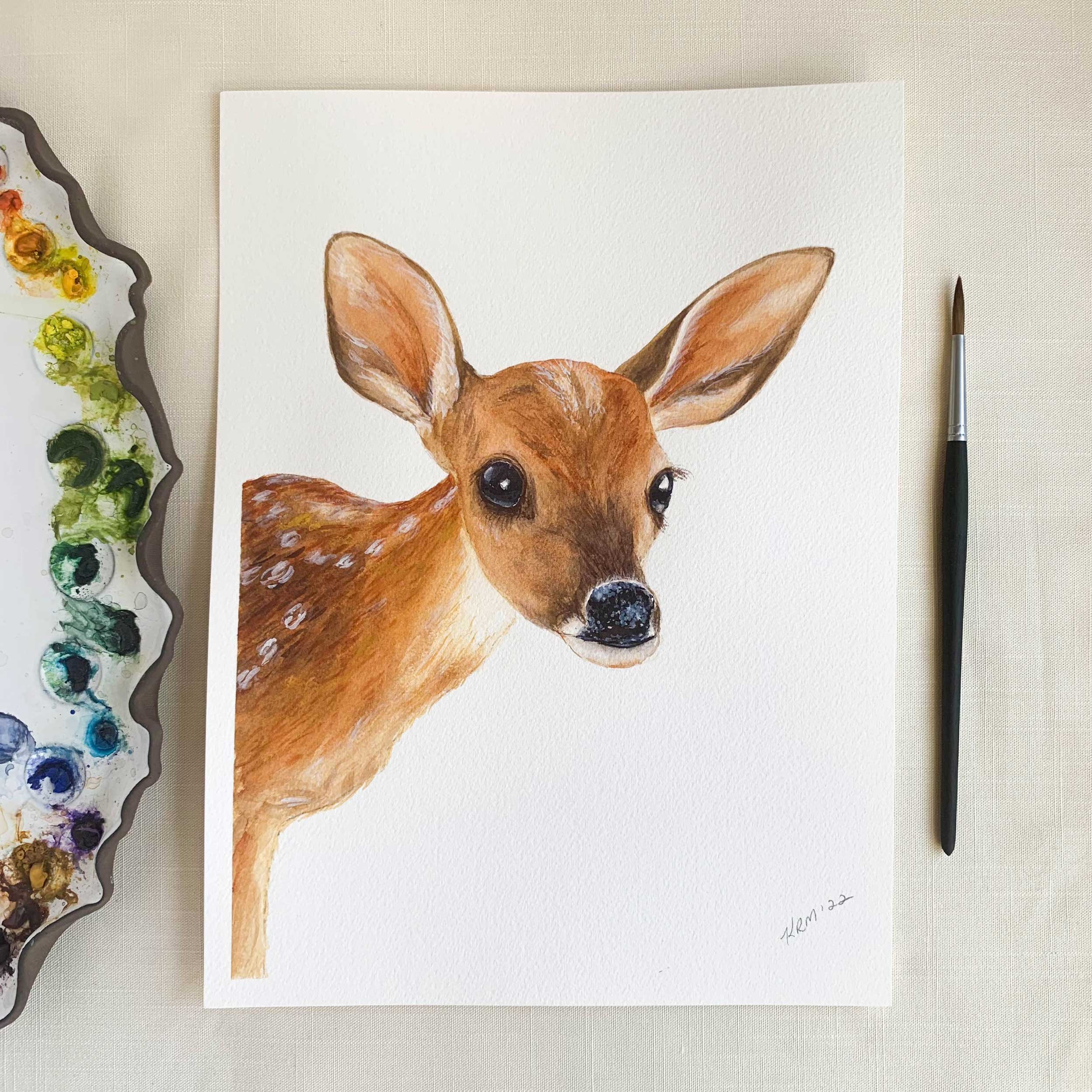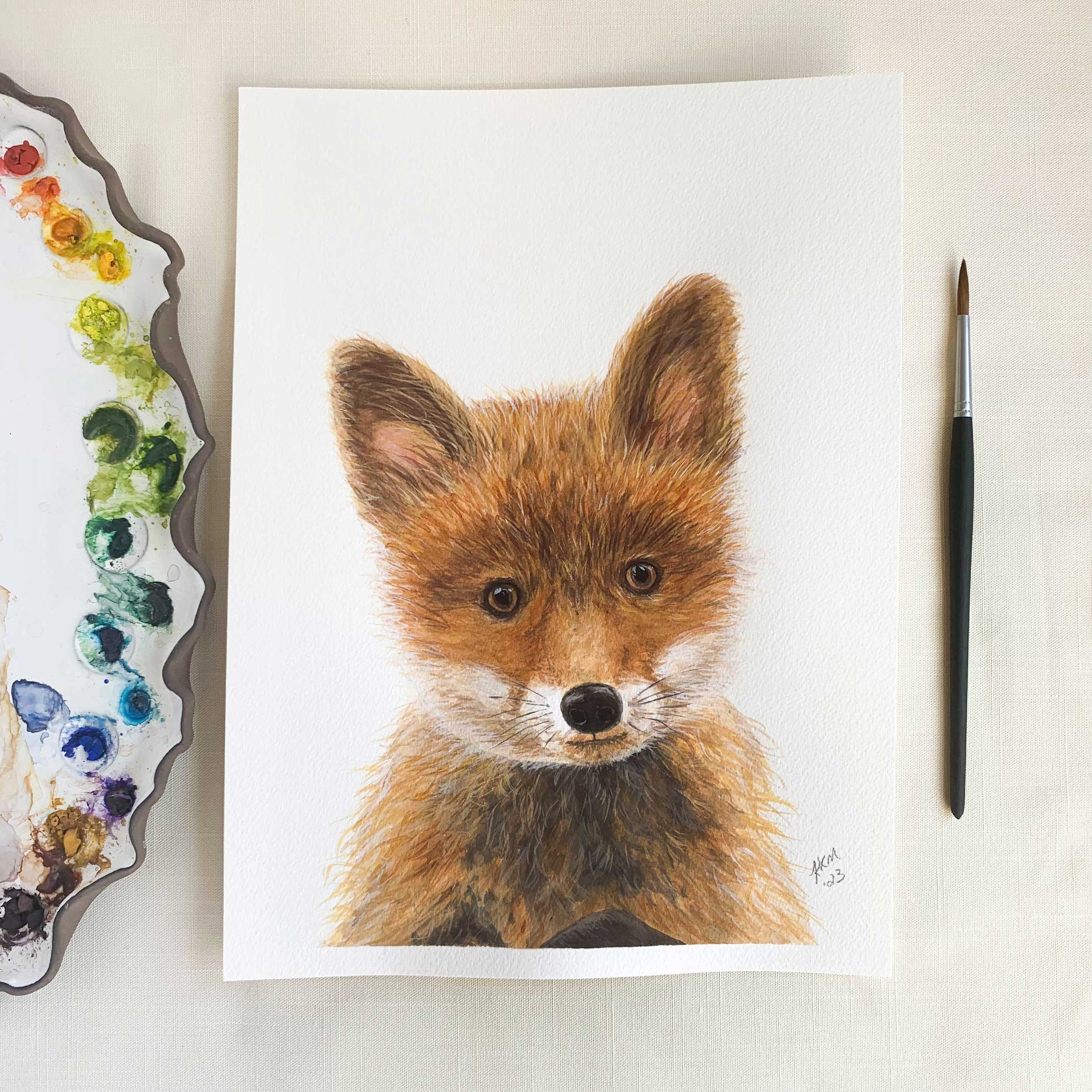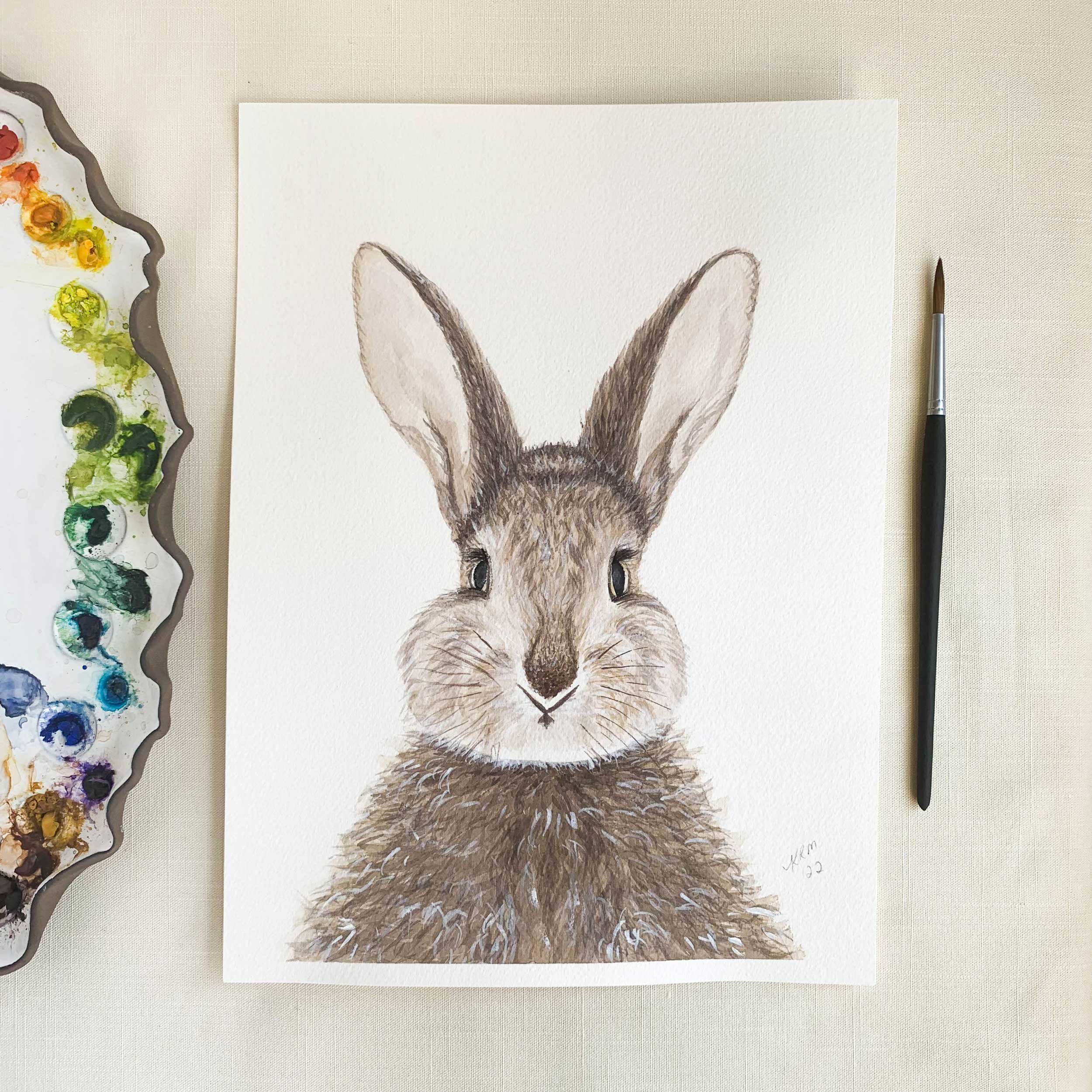Recently I curated a full list of my favorite watercolor supplies on Benable. I thought it would be fun to call out my absolute favorites off this list. Every artist has their favorite paints, brushes, paper, pallets and more to work with. These are mine.
When I started working in watercolors it took me a awhile to figure out which supplies worked for me. There was a lot of trial an error with paints, brushes and paper. However, my first favorite product I found was my watercolor pallets. These ceramic pallets are perfect for holding and mixing paint. I also love how stylish and beautiful they are. They are perfect as a prop when photographing my artwork as well. These stunning pallets are from the artist, MrsLieneArtStudio. She offers a unique line of pallets in different sizes and styles that can meet any budget.
Brushes took me awhile to figure out what worked with my paint style. After several years and many purchases, the brushes shown above are my most used. My two absolute favorite are the Silver Back Velvet and Artify. The Silver Back Velvet size 4 is my most used. Eventually I would love to get more of these brushes in other sizes. I used this brush for small washes and detail work. For Artify, I have these in several brushes sizes. I was hesitant to buy a brush using handmade Squirrel hair as first. But I was having a hard time finding a brush that created the soft washes that I was trying to achieve when painting animals and backgrounds. I broke down and bought a set from Artify. I use the size 0 the most. It is perfect for created blurred backgrounds, along with fuzzy fur when showing depth on my animal paintings.
When starting out with watercolor painting, paper is an area you do want to spend some extra money on. It took a lot of experimenting with different papers, but I have come down to two papers that I love to work on. First, not pictured would be Arches Watercolor Paper 140 pound, Cold Press. This is a more expensive option but the results are so worth it. My second choice is Canson XL Series Watercolor Pad, 140 pound, Cold Press. This is a more affordable option that I enjoy painting on.
For painting animals I find the need to use white when adding the final touches to each painting. With some animals I am able to mask off certain areas to use the white of the paper, but sometimes I need more specific details. My go to is either a watercolor white or gouache paint for a softer white look. The other is Dr. Ph. Martin's Bleedproof White Fine Art Paint. I love this white paint to add the small details in the fur, highlights in the eyes or on the nose.
Lastly we move on to paints. In the beginning I used student grade paints from ARTEZA. These were perfect for while I was learning. Once I progressed with my painting and started to sell my work I switched over to more professional paints. I use a combination of Daniel Smith watercolors and Windsor Newton Professional Water Colour Paint. Above is a sampling of my most used colors for both animals and my florals. I paint with a lots brown, blues and grays for my animals portraits. And I used a many greens, reds and yellows for my florals.
What are your favorite supplies to use?
